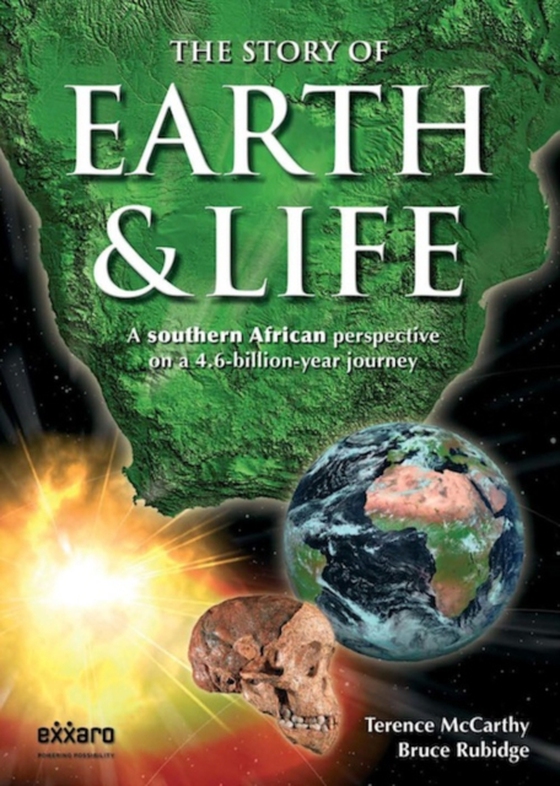
Story of Earth & Life e-bog
94,21 DKK
(inkl. moms 117,76 DKK)
Geologically speaking, southern Africa is without equal, a treasure house of valuable minerals with a geological history dating back some 3 600 million years. In addition, the evolution of plants and animals, especially mammals and dinosaurs, is well preserved in the region, which also probably has the best record of the origin of modern man. This book provides a fascinating insight into that r...
E-bog
94,21 DKK
Forlag
Struik Nature
Udgivet
10 juli 2013
Længde
334 sider
Genrer
Geology, geomorphology and the lithosphere
Sprog
English
Format
pdf
Beskyttelse
LCP
ISBN
9781775840961
Geologically speaking, southern Africa is without equal, a treasure house of valuable minerals with a geological history dating back some 3 600 million years. In addition, the evolution of plants and animals, especially mammals and dinosaurs, is well preserved in the region, which also probably has the best record of the origin of modern man. This book provides a fascinating insight into that remarkable history: how southern Africa, and to some extent the world, came to be the way it is - how its mineral deposits formed, its life evolved and its landscape was shaped. Along the way readers will be enthralled by accounts of the Big Bang that marked the beginning of time and matter, by drifting and colliding continents, folding and fracturing of rocks, meteors colliding with the Earth, the time when the Earth froze over, volcanic eruptions and the start of life. Anyone interested in the landscape and ecosystems in which we live will be intrigued to discover how our natural landmarks were formed, from the deserts of Namibia to the mountains of the Western Cape or Mpumalanga. Why is South Africa so rich in minerals? How did glacial deposits come to be found in the Karoo? Why did dinosaurs become extinct? How did mammals develop from reptiles? How closely related are we to the apes? The answers to many such questions are found in this lavishly illustrated volume. The authors also suggest how we can learn from the past in order to anticipate the future - for instance, to be able to predict earthquakes, deal with volcanic eruptions and meet the challenges of global climate change.
 Dansk
Dansk

